Piercing Insights: Exploring the Beauty and Risks of Belly Button Piercing
With summer just around the corner, many people are considering adding some sparkle to their beach-ready bodies. One popular option is button belly piercing, a style statement that has been around for centuries. But before you make the decision to get this trendy piercing, it's important to understand both the beauty and risks involved.
Belly piercing, also known as navel piercing, is a form of body modification that involves inserting jewelry through the navel area. The allure of this accessory is undeniable, often accentuating the waistline and providing a unique and eye-catching aesthetic. However, beyond the beauty lies a list of potential risks and complications that should be taken into account.
Whether you're considering getting a belly piercing or are already rocking one, this article aims to empower you with the knowledge and awareness necessary to make informed decisions about your body and well-being.
History of Belly Button Piercing Navel
Pierced belly button is not a new trend; in fact, it has been practiced for centuries in various cultures around the world. The origins of navel piercing can be traced back to ancient Egypt, where it was considered a symbol of fertility and status. Egyptian women would adorn their navels with precious gemstones and gold jewelry to showcase their beauty and wealth.
In addition to Egypt, piercing the belly button has also been prevalent in other cultures. For example, in India, navel button piercings are commonly performed as part of traditional rituals and are believed to enhance the flow of energy in the body. In the Western world, these body piercings gained popularity in the 1990s and has since become a mainstream fashion trend.
Types of Belly Button Piercings
When it comes to belly button piercings, there are several different variations to choose from. The most common type is the standard belly button piercing, which involves piercing the upper rim of the navel. This type of piercing is suitable for most people and provides a classic and timeless look.
Another popular option is the inverse belly button piercing, also known as the top-down or bottom-up piercing. This type of piercing involves piercing the bottom rim of the navel, creating a unique and edgy appearance. Inverse belly button piercings can be a great choice for those who want to stand out from the crowd and showcase their individuality.
For those who want to take their belly button piercing to the next level, there are also double and multiple piercings available. These involve having two or more piercings in the navel area, allowing for a more intricate and customized look. Double and multiple belly button piercings can be a fantastic option for those who want to make a bold statement and express their personal style.
The Process of Getting a Belly Button Piercing
Getting a belly button piercing is a relatively simple process, but it's important to choose a reputable piercing studio and a professional piercer to ensure a safe and hygienic experience. Before the piercing, the piercer will clean the navel area with an antiseptic solution and mark the exact spot where the piercing will be placed.
Once the placement has been determined, the piercer will use a sterilized needle to create a hole in the navel. After the hole has been made, the jewelry, typically a curved barbell or captive bead ring, will be inserted into the piercing. The piercer will then secure the jewelry in place and provide aftercare instructions.
It's worth noting that the pain level experienced during the belly button piercing process can vary from person to person. Some individuals may only feel a slight pinch, while others may experience more discomfort. However, the sensation is usually short-lived, and the joy of having a beautiful belly button piercing often outweighs any temporary discomfort.
Pain, Healing, and Aftercare of Navel Piercings
After getting a piercing, it's crucial to follow proper aftercare guidelines to ensure proper healing and minimize the risk of complications. The initial healing period for a belly piercing is typically around 6 to 12 months, although individual healing times can vary.
During the healing process, it's important to keep the piercing clean and free from irritants. This can be achieved by regularly cleaning the area with a saline solution or a mild, fragrance-free soap. It's essential to avoid using alcohol-based products or harsh chemicals, as they can irritate the piercing and prolong the healing time.
It's also important to avoid touching or twisting the jewelry, as this can introduce bacteria and increase the risk of infection. Additionally, it's recommended to avoid swimming in pools, hot tubs, or the ocean during the initial healing period, as these environments can harbor bacteria and impede the healing process.
While some discomfort, redness, and swelling are normal during the healing process, it's important to be aware of potential signs of infection. If the piercing becomes increasingly painful, swollen, or emits pus, it's important to seek medical attention as these may be signs of infection. With proper aftercare and attention, most belly button piercings heal without complications, allowing you to enjoy your beautiful new accessory.
Potential Risks and Complications of Belly Button Piercings
Like any form of body modification, belly button piercings come with a certain level of risk. While the majority of piercings heal without complications, it's important to be aware of the potential risks involved. These risks include infection, allergic reactions to jewelry, migration or rejection of the piercing, scarring, and keloid formation.
Infections can occur if proper aftercare is not followed, or if the piercing comes into contact with bacteria. Signs of infection include redness, swelling, pain, and the presence of pus. If left untreated, infections can lead to more severe complications, such as abscess formation or even systemic infections.
Allergic reactions to jewelry can also occur, particularly if low-quality or nickel-containing jewelry is used. Common symptoms of an allergic reaction include itching, redness, and irritation around the piercing site. If you suspect an allergic reaction, it's important to replace the jewelry with a hypoallergenic alternative and consult with a professional piercer or dermatologist.
Migration or rejection of the piercing is another potential complication. This occurs when the body perceives the piercing as a foreign object and tries to push it out. Signs of migration or rejection include the jewelry moving or shifting position, the piercing becoming increasingly shallow, or the piercing becoming more painful or uncomfortable. If you suspect migration or rejection, it's important to consult with a professional piercer to assess the situation and potentially remove or reposition the jewelry.
Scarring and keloid formation are also possible complications of navel piercings. While some scarring is normal during the healing process, excessive scarring or the formation of keloids can be a cause for concern. Keloids are raised, thickened scars that extend beyond the boundaries of the original piercing. If you notice excessive scarring or the formation of keloids, it's important to seek medical advice for appropriate treatment options.
Belly Button Piercing Jewelry Options
One of the most exciting aspects of getting a belly button piercing is choosing the perfect jewelry to adorn your navel. There is a wide range of options available, allowing you to express your personal style and preferences.
The most common type of jewelry used for belly button piercings is the curved barbell. This type of jewelry consists of a curved metal bar with a ball or decorative end on each side. Curved barbells come in various lengths, gauges, and materials, allowing for customization and personalization.
Captive bead rings are another popular choice for belly button piercings. These rings feature a small opening with a removable bead or charm that is held in place by the tension of the ring. Captive bead rings can provide a sleek and minimalist look or be adorned with gemstones or other decorative elements.
For those who prefer a more unique and eye-catching look, dangling belly button rings are a fantastic option. These rings feature a decorative charm or pendant that hangs from the curved barbell, adding movement and sparkle to the piercing. Dangling belly button rings can range from simple and elegant to elaborate and extravagant, allowing for endless possibilities.
In recent years, septum clickers have also gained popularity as an alternative jewelry option for belly button piercings. These clickers feature a hinged mechanism that allows for easy insertion and removal, making them convenient and comfortable to wear. Septum clickers come in a variety of designs, including simple hoops, elaborate patterns, and gemstone embellishments.
When choosing jewelry for your belly button piercing, it's important to consider both style and functionality. Opting for high-quality materials, such as surgical steel, titanium, or gold, can help minimize the risk of allergic reactions and ensure long-lasting durability. Additionally, selecting jewelry that is the appropriate length and gauge for your body can help prevent discomfort and complications.
Conclusion: Is Belly Button Piercing Right for You
Belly button piercing can be a beautiful and fashionable way to express your personal style and enhance your body's aesthetics. However, it's important to approach this decision with awareness and consideration of the potential risks and complications.
By understanding the history, types, process, aftercare, and potential risks of belly button piercings, you can make an informed decision about whether this style statement is right for you. Remember to choose a reputable piercing studio, follow proper aftercare guidelines, and select high-quality jewelry to minimize the risk of complications and ensure a positive experience.
Ultimately, the decision to get a belly button piercing should be based on your personal preferences, style, and comfort level. Whether you choose to embrace this trend or opt for a different form of self-expression, the most important thing is to feel confident and empowered in your own skin. So, go ahead and rock that belly button piercing with pride!
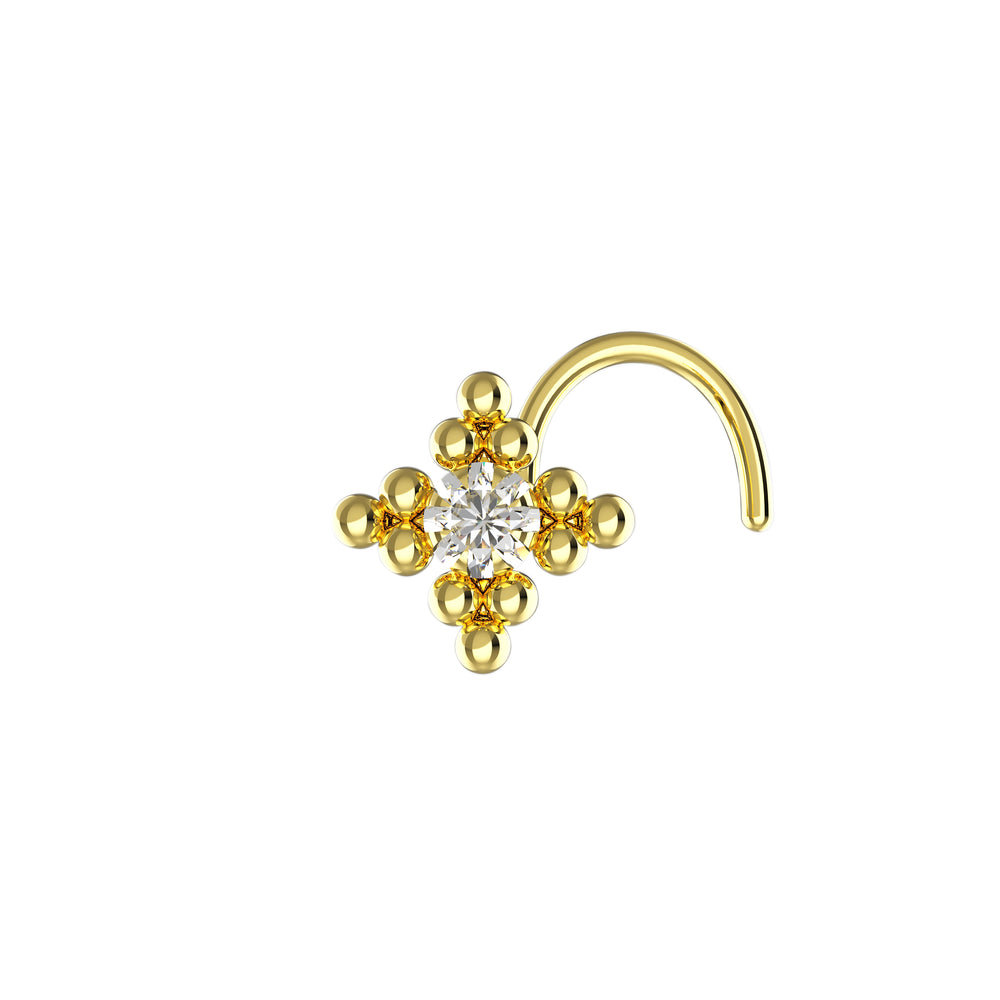
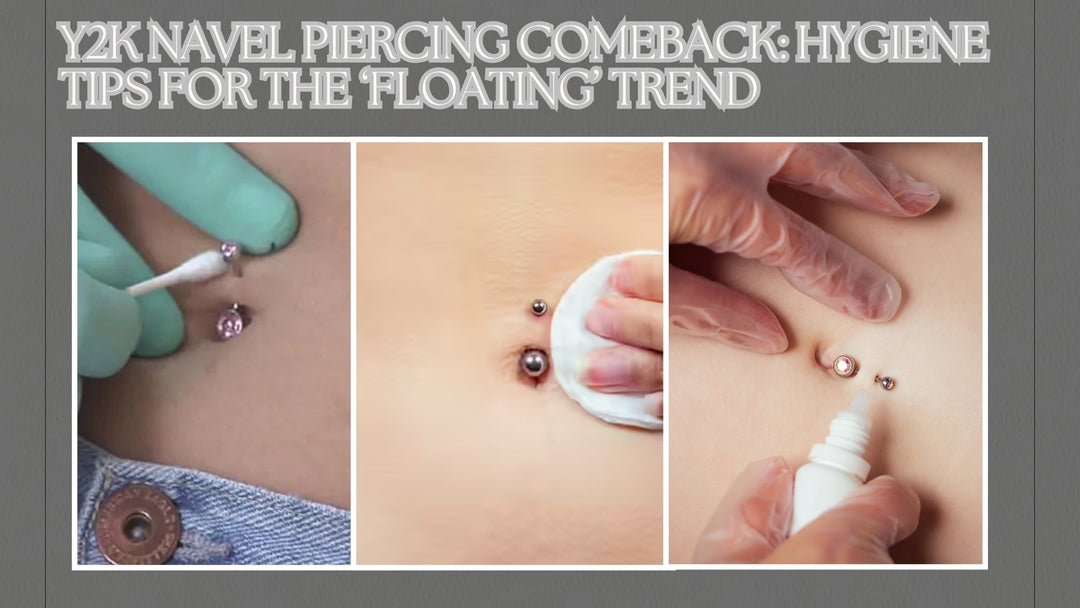

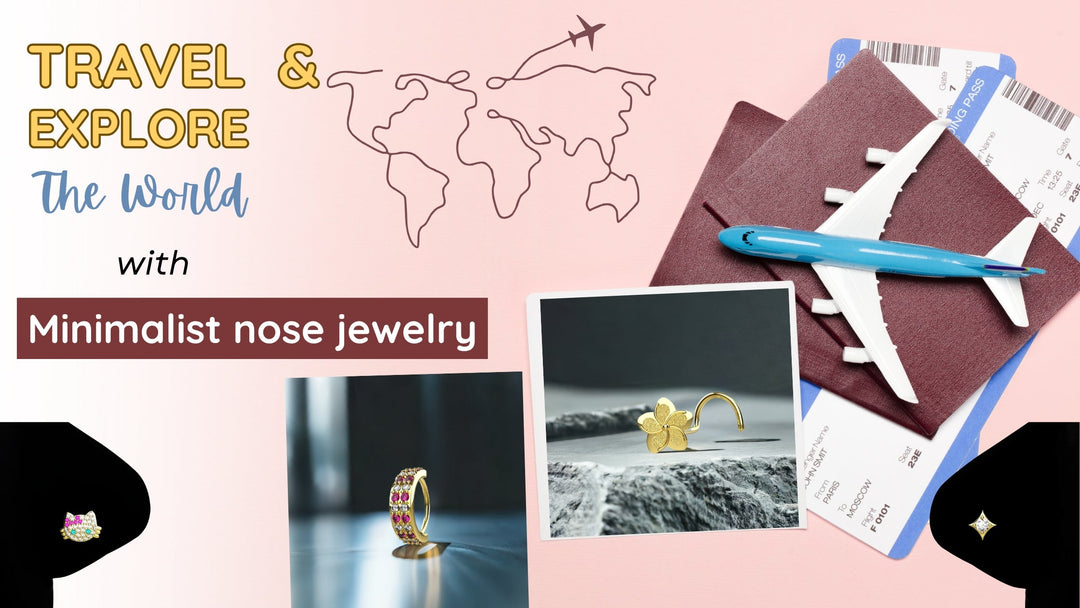
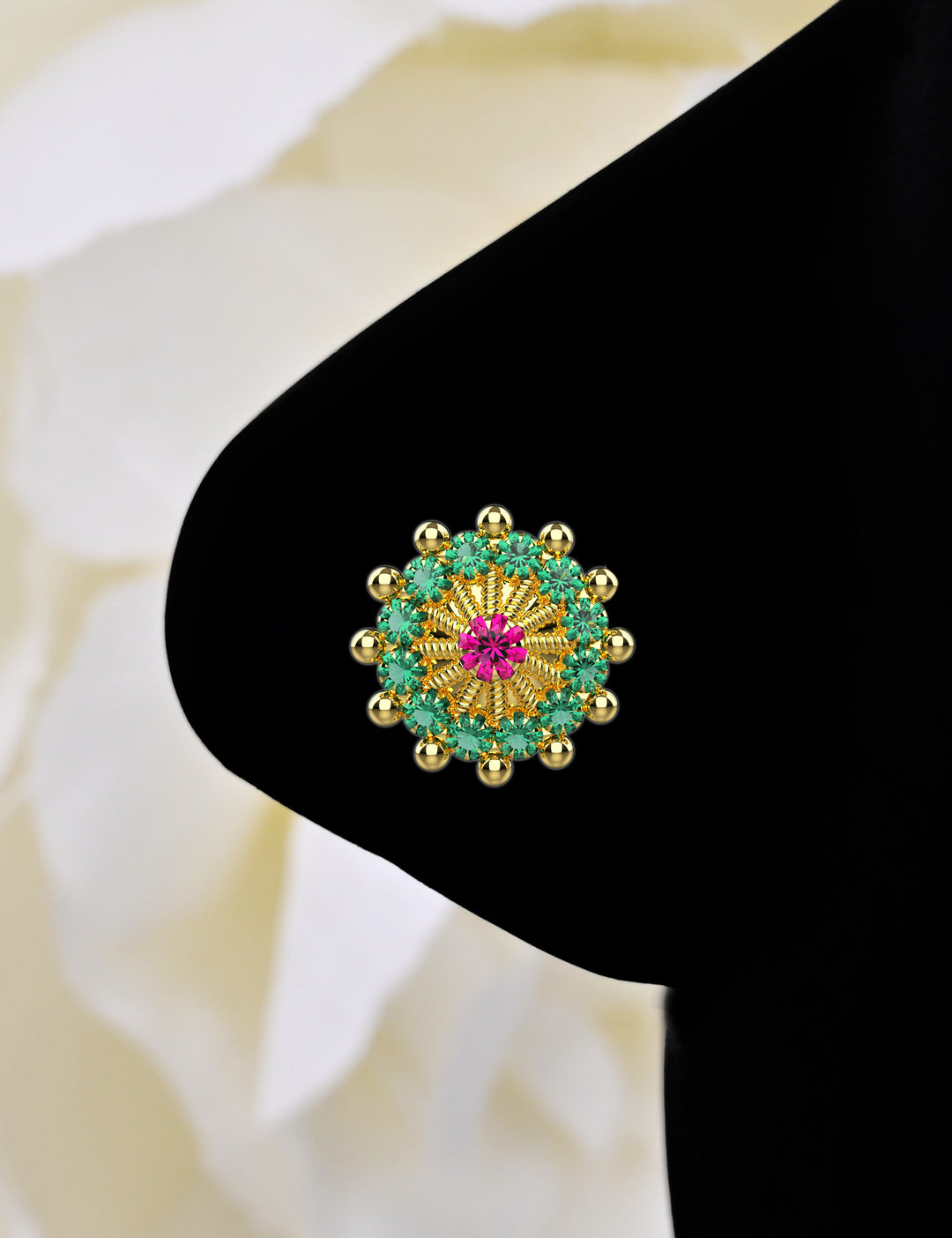
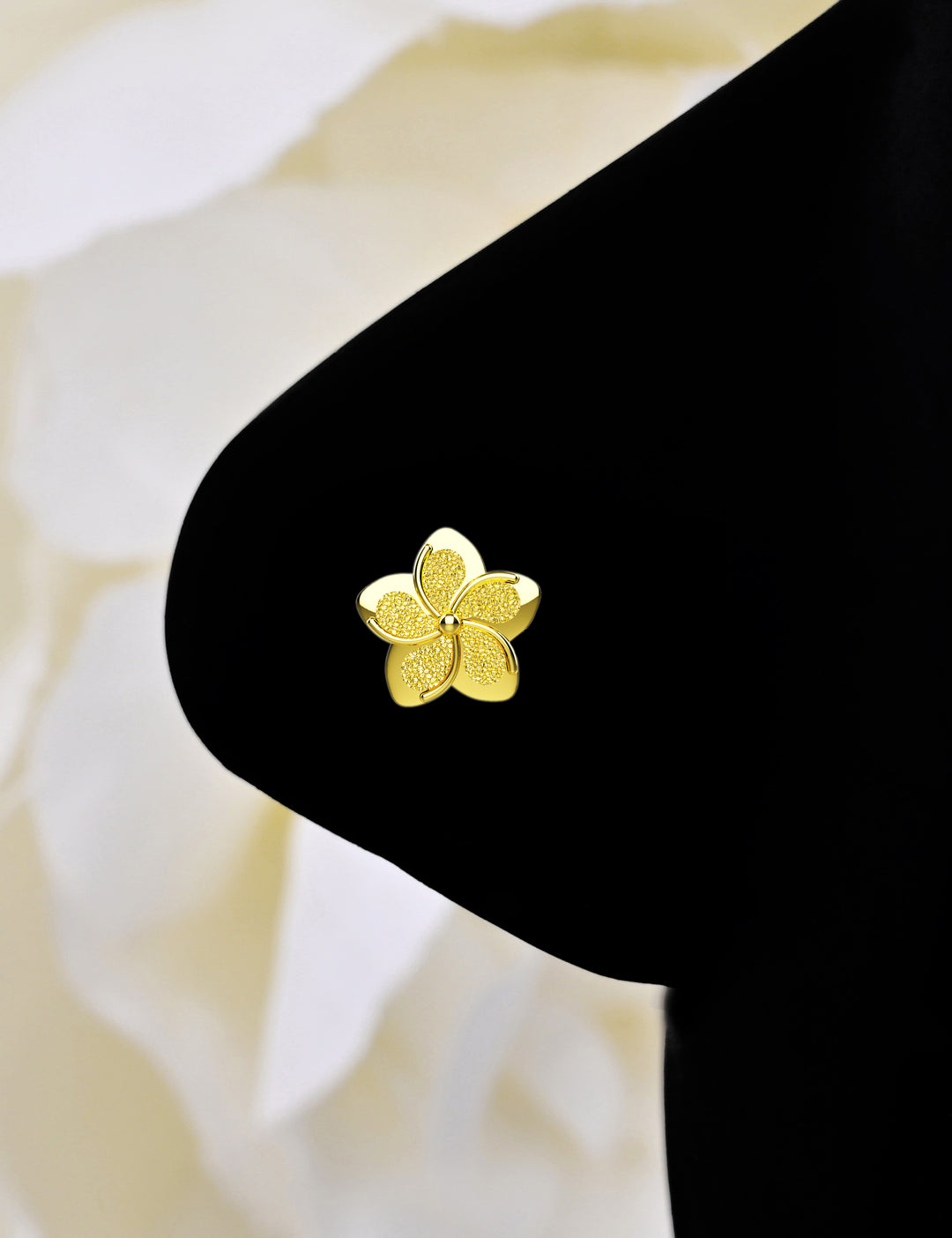
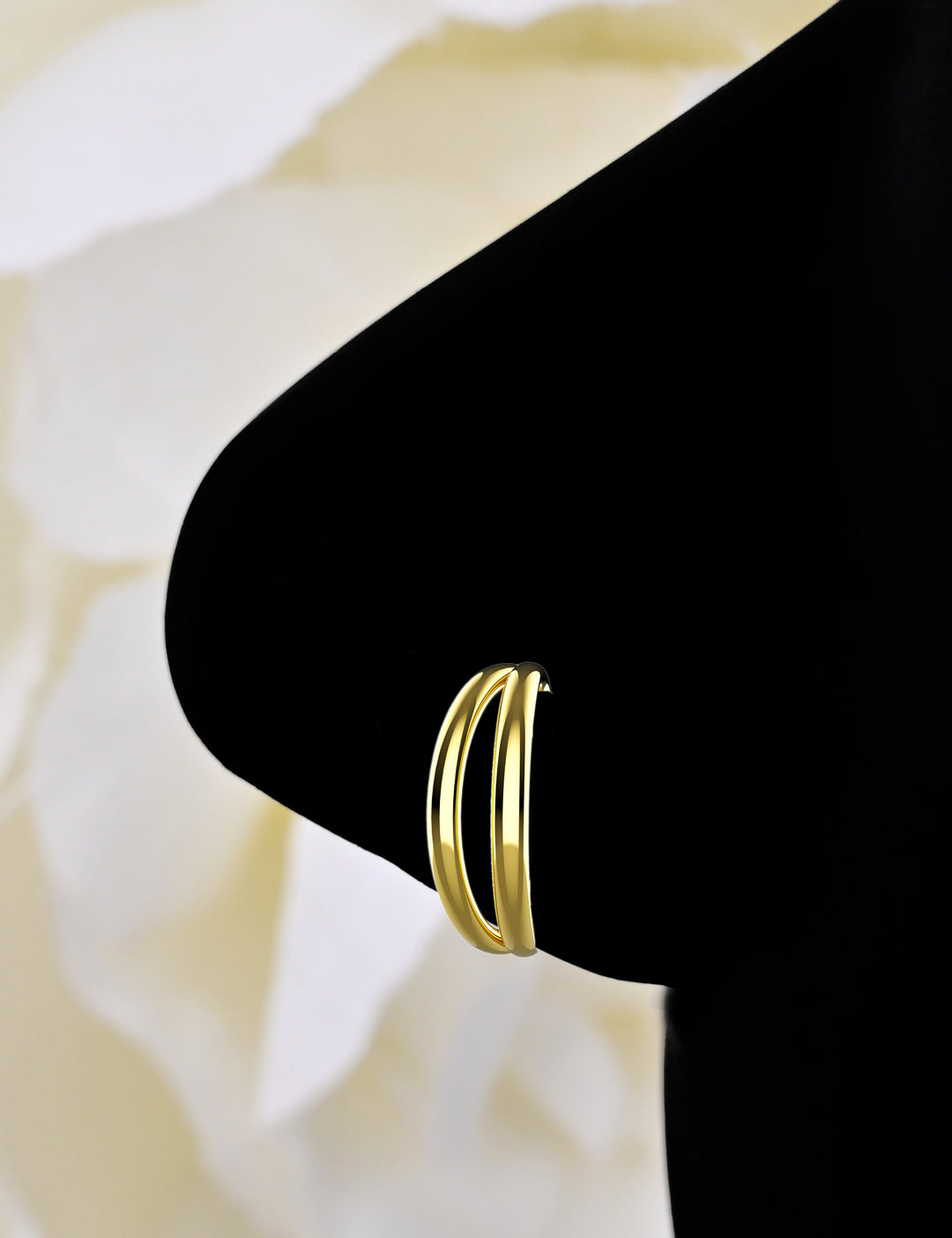
Leave a comment